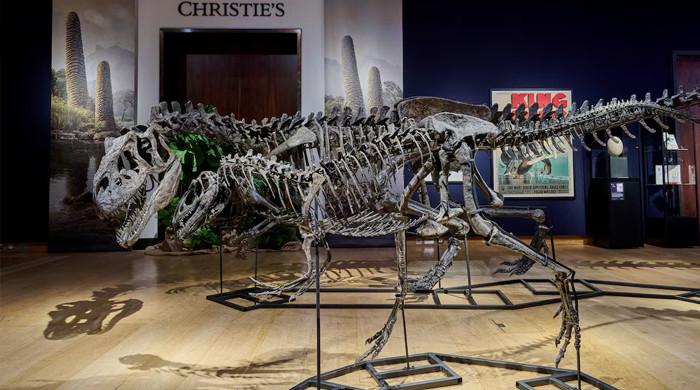Iconic Amsterdam museum reborn in 'bathtub'
AMSTERDAM: An enormous white bathtub made out of bullet-proof material is to catapult Amsterdam's world-famous Stedelijk modern art museum back into the 21st century after an absence of almost 10...
September 29, 2012
The museum that over 70 years ago set the trend for the now ubiquitous white gallery walls reopened last week adorned with its 100-metre bathtub-shaped extension that architect Mels Crouwel describes as "shiny, flashy... and white".
The Stedelijk's collection of more than 90,000 art and design objects, from Bauhaus to Warhol, is one of the most important in the world, but times have changed since its 20th-century heyday when it had few competitors.
Dozens of modern art museums have sprung up around the world, with franchises such as the Guggenheim becoming globally marketable brands for wealthy cities seeking a higher-profile and tourist cash.
The Stedelijk, founded in 1874 and whose name simply means "City Museum", must now compete with the likes of London's vast Tate Modern, opened in 2000 and already the most popular modern art museum in the world with over four million visitors a year.
But the Dutch museum has an edge thanks to its pioneering place in history, and now, of course, its headline-grabbing extension.
With its sloping sides and white legs, the extension's seamless 3,000 square metre (32,000 square foot) surface is the largest composite building in the world, a deliberately light addition to the heavy neo-Renaissance style of the original 1895 building.
"It's a composite of resin reinforced with very hi-tech fibres normally used in the boat or aerospace industry," Crouwel told









